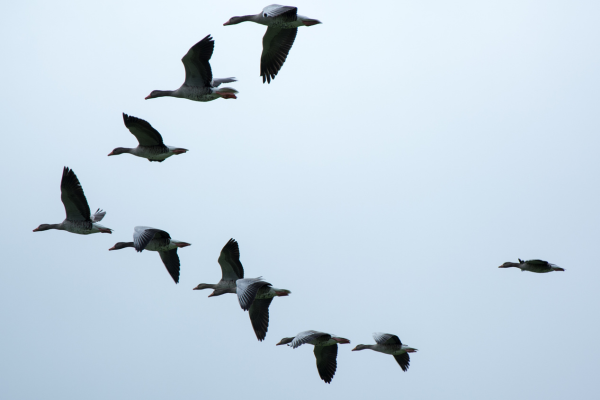Your cart is currently empty!

29 Sep Common Earwig Predators: Natural Enemies In Your Yard
In the intricate tapestry of the natural world, the web of interactions between various species plays a vital role in maintaining ecological balance. Among the myriad of creatures that inhabit our yards and gardens, earwigs (order Dermaptera) are fascinating insects known for their distinctive pincers and nocturnal behaviour. While earwigs may occasionally raise concerns among gardeners, it’s essential to recognize that these insects have their place in the ecosystem. They serve as a valuable food source for numerous predators.
In this blog, we will explore some of the common earwig predators that act as natural enemies in your yard, helping to keep earwig populations in check and contributing to the harmony of the environment.
1. Birds:
Birds are voracious predators that play a crucial role in controlling insect populations, including earwigs. Many bird species, such as robins, blackbirds, and starlings, find earwigs to be delectable snacks. These birds have a keen eye for spotting earwigs during the day, and they actively forage for them in the soil, leaf litter, and other hiding places. Creating bird-friendly habitats in your yard, such as birdhouses and birdbaths, can attract these natural insect controllers and provide them with a safe space to rest and raise their young.
2. Toads:
Toads are renowned for their appetite for a variety of garden pests, and earwigs are no exception. These amphibians are skilled hunters and can consume a significant number of earwigs in a single night. Toads are particularly effective earwig predators because they are active at night, matching the nocturnal behaviour of earwigs. Providing a damp and sheltered area in your garden, such as a toad house or overturned flowerpot, can entice these helpful creatures to take up residence and help keep earwig populations in check.
3. Ground Beetles:
Ground beetles (family Carabidae) are a diverse group of insects known for their predatory habits. Many ground beetle species actively hunt for earwigs and other small insects, making them valuable allies in natural pest control. These beetles are fast runners and possess powerful mandibles that allow them to capture and consume their prey. By avoiding the use of broad-spectrum insecticides that harm beneficial insects like ground beetles, you can promote their presence in your yard and benefit from their pest-controlling prowess.
4. Spiders:
Spiders are masters of weaving intricate webs and patiently waiting for unsuspecting prey to become entangled. While earwigs may not be their primary target, certain spider species readily feed on them when given the opportunity. Orb-weaving spiders and wolf spiders are known to occasionally capture earwigs in their webs or during their ground prowling. By preserving and protecting spider habitats in your yard, you can harness their natural predatory instincts to help manage earwig populations.
5. Insect-Eating Mammals:
Some insect-eating mammals, such as shrews and moles, are also common earwig predators. These small mammals have a keen sense of smell and can detect and consume earwigs as they forage through soil and leaf litter. While their primary diet consists of other insects and invertebrates, earwigs often find themselves on the menu of these industrious mammals.
6. Praying Mantises:
Praying mantises are fascinating insects known for their striking appearance and predatory behaviour. While they are more commonly associated with capturing and consuming other insects like flies and grasshoppers, praying mantises are opportunistic predators and may also target earwigs. These agile hunters use their powerful forelegs to grasp and immobilize their prey before devouring them.
It’s essential to recognize the valuable contributions of these common earwig predators to the ecosystem and refrain from using harmful pesticides that indiscriminately harm both pests and beneficial insects. By maintaining a balanced and diverse habitat in your yard, you can attract and support these natural enemies, allowing them to keep earwig populations in check naturally.
At The Environmental Factor, we believe in eco-friendly pest management solutions that protect both your plants and the environment. That’s why we recommend using Nema Globe Flea & Chinch Bug Buster, a safe and effective product that targets chinch bug larvae while leaving beneficial insects unharmed. Visit our website to learn more about Nema Globe Flea & Chinch Bug Buster and discover other eco-friendly solutions to support your garden’s thriving ecosystem.


